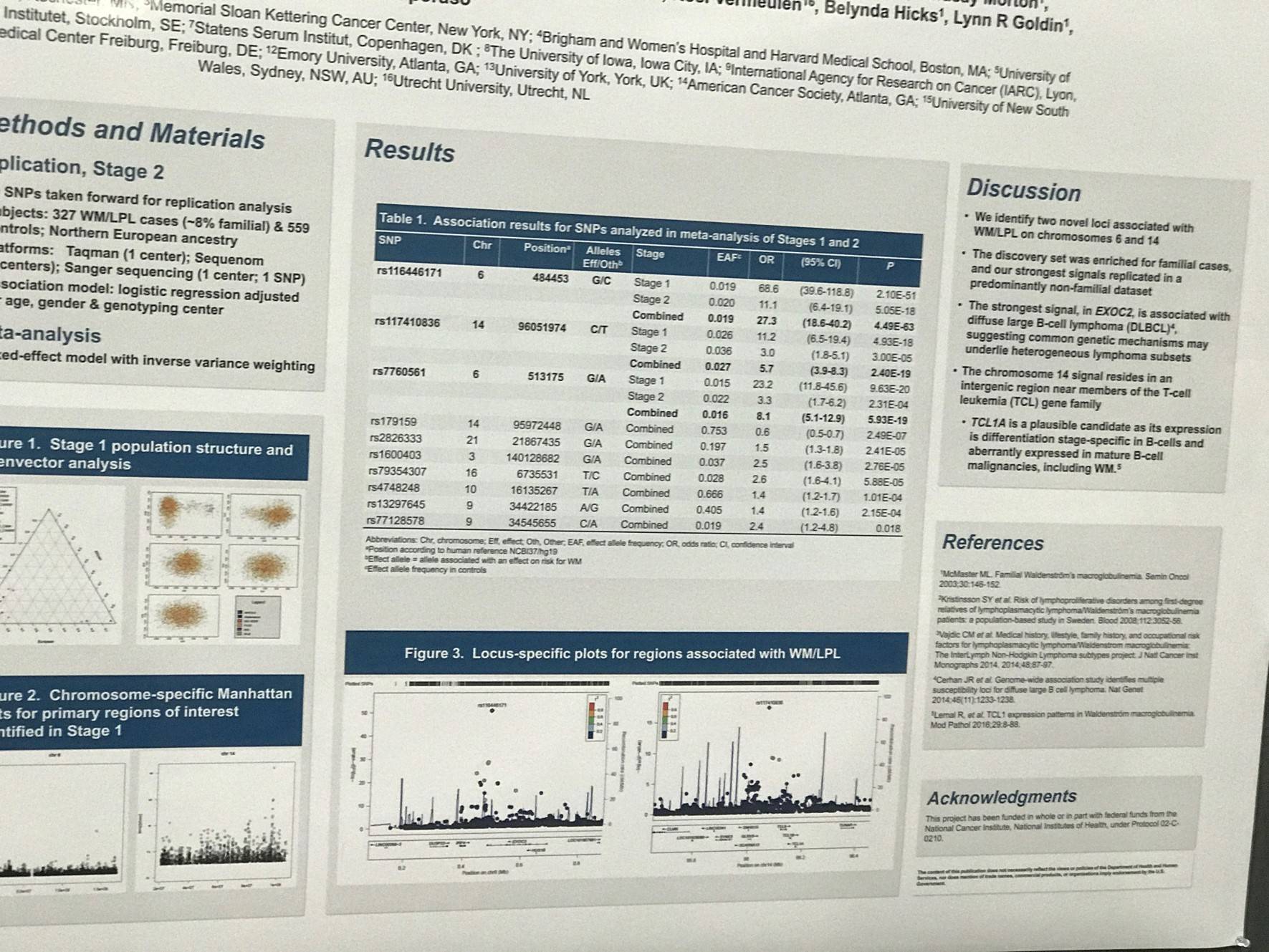All content on this site is intended for healthcare professionals only. By acknowledging this message and accessing the information on this website you are confirming that you are a Healthcare Professional. If you are a patient or carer, please visit the Lymphoma Coalition.
The Lymphoma Hub uses cookies on this website. They help us give you the best online experience. By continuing to use our website without changing your cookie settings, you agree to our use of cookies in accordance with our updated Cookie Policy
Introducing

Now you can personalise
your Lymphoma Hub experience!
Bookmark content to read later
Select your specific areas of interest
View content recommended for you
Find out moreThe Lymphoma Hub website uses a third-party service provided by Google that dynamically translates web content. Translations are machine generated, so may not be an exact or complete translation, and the Lymphoma Hub cannot guarantee the accuracy of translated content. The Lymphoma Hub and its employees will not be liable for any direct, indirect, or consequential damages (even if foreseeable) resulting from use of the Google Translate feature. For further support with Google Translate, visit Google Translate Help.
AACR 2017 | Poster 1318/19 – Waldenström Macroglobulinemia/Lymphoplasmacytic Lymphoma genome-wide association study finds an association with chromosomes 6 and 14
Bookmark this article
On Monday 3rd April, during the American Association for Cancer Research (AACR) 2017 annual meeting, a poster (1318 / 19) by Mary L. McMaster, from NCI-DCEG, Bethesda, MD, et al. titled “A genome-wide association study of Waldenström Macroglobulinemia/Lymphoplasmacytic Lymphoma demonstrates association with chromosomes 6 and 14” was presented.
The group aimed to find common genetic aberrations resulting in susceptibility to Waldenström Macroglobulinemia (WM). They carried out a two-stage Genome-Wide Association study (GWAS) which included more than 450 WM cases and 4,300 controls of European ancestry. Stage 1 (discovery) included 217 cases of WM (40% familial) and 3,798 controls. Stage 2 (replication) included 269 WM or LPL cases (4% familial) and 571 controls.
Key Highlights:
- Two novel loci on chromosomes 6 and 14 associated with WM/LPL
- Stage 1 set enriched for familial cases, and strongest signals replicated in mostly non-familial dataset
- Preliminary results confirm replication of the chromosome 6 locus
- EXOC2, the strongest signal (chromosome 6), is associated with DLBCL; common genetic mechanisms potentially contribute to development of heterogeneous Lymphoma subsets
- Chromosome 14 signal found in intergenic region near T-Cell Leukemia (TCL) gene family
- TCL1A is potential candidate; expression is differentiation stage-specific in B-cells and is aberrantly expressed in mature B-cell malignancies including WM
The poster was concluded by stating that this group’s results provide some understanding of the underlying genetic basis of WM susceptibility.

- McMaster M.L. et al. A genome-wide association study of Waldenström Macroglobulinemia/Lymphoplasmacytic Lymphoma demonstrates association with chromosomes 6 and 14 [Poster]. In: Proceedings of the 107th Annual Meeting of the American Association for Cancer Research; 2017 Apr 1-5; Washington, DC. Philadelphia (PA): AACR; 2017. Poster nr [1318 / 19].

Understanding your specialty helps us to deliver the most relevant and engaging content.
Please spare a moment to share yours.
Please select or type your specialty
 Thank you
Thank youRelated articles
Newsletter
Subscribe to get the best content related to lymphoma & CLL delivered to your inbox








